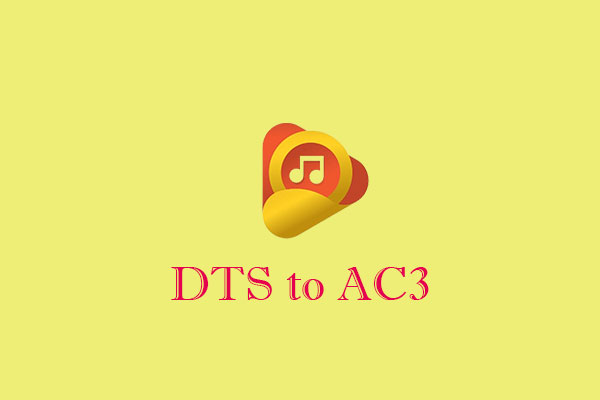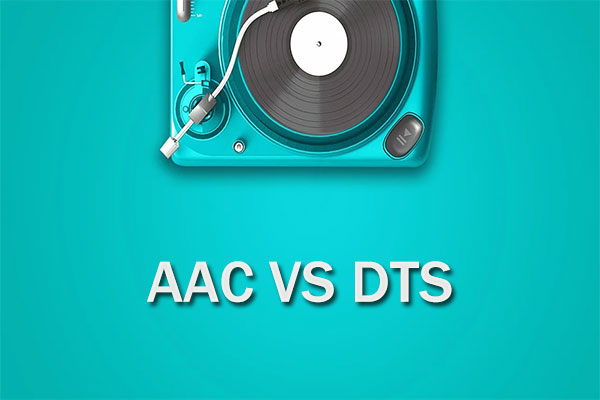The Dolby Digital vs DTS debate has been on for a long time. This post from the free file converter will introduce those two technologies and discuss the differences between them in detail.
What Is Dolby Digital
Dolby Digital, also known as AC-3, is a lossy compression codec developed by Dolby Laboratories. It offers a rich surround sound effect, considered as the industry standard. It was originally for movie theaters, and nowadays has been used for TV broadcasts, radio broadcasts via satellite, digital video streaming, DVDs, Blu-ray discs, and game consoles.
The standard configuration for Dolby Digital is 5.1 channels, including left front, right front, center, left rear, and right rear speakers, and a low-frequency effects (LFE) channel designed specifically for bass frequencies. This configuration is often called 5.1, which means it includes five full-bandwidth channels and one LFE channel.
What Is DTS
DTS, short for Digital Theatre System, is a competitor to Dolby Digital. It is used as both an audio format and an audio compression method, offering high-quality surround sound. DTS is used in various settings, such as movie theaters, home theaters, and video games. Many companies such as Sony Pictures Entertainment, Twentieth Century Fox Film Corporation, etc., have used this technology for their DVDs.
Like Dolby Digital, the fundamental and most popular version of the DTS technology is 5.1-channel system, with five primary (full-range) channels and a special LFE (low-frequency effects) channel for the subwoofer.
Dolby Digital Vs DTS: What Are the Differences
Both Dolby Digital and DTS are audio codecs that deliver a great surround sound experience. However, there are some differences between them. The following lists the 3 major differences between those two.
Bitrate. The biggest difference between Dolby Digital and DTS is the bitrate. Dolby Digital compresses 5.1 digital audio into a data stream that flows at a rate of 640 kilobits per second for Blu-ray discs. This technology is widely recognized in online streaming services including Netflix and Amazon Prime Video.
While DTS supports higher bitrates, capable of transmitting audio data at rates as high as 1.5 megabits per second. The bitrate is often used in CDs and DVDs.
DTS uses a higher bitrate than Dolby Digital, which means it can carry more data per second, resulting in better sound quality. However, this difference may not be noticeable to the average listener, particularly when watching movies in a home theater setting.
Compression method. Dolby Digital utilizes the AC-3 standard for encoding sound, employing the Modified Discrete Cosine Transform (MDCT) technique to compress audio and reduce its footprint. Conversely, DTS adopts the Adaptive Differential Pulse-Code Modulation (ADPCM) method to decrease the audio file size.
Compatibility. Dolby Digital is more compatible with various devices and platforms since it has been around longer and is widely adopted in the industry. Many devices also support DTS, but its presence might be slightly less ubiquitous than Dolby Digital’s.
MiniTool Video ConverterClick to Download100%Clean & Safe
Conclusion
The DTS vs Dolby Digital has always been a hot topic. DTS sound vs Dolby Digital: which one is better? The answer lies in your specific needs, preferences, and the equipment you are using.




![Best Methods to Convert DTS to FLAC [Desktop/Online]](https://images.minitool.com/videoconvert.minitool.com/images/uploads/2024/07/convert-dts-to-flac-thumbnail.jpg)
User Comments :